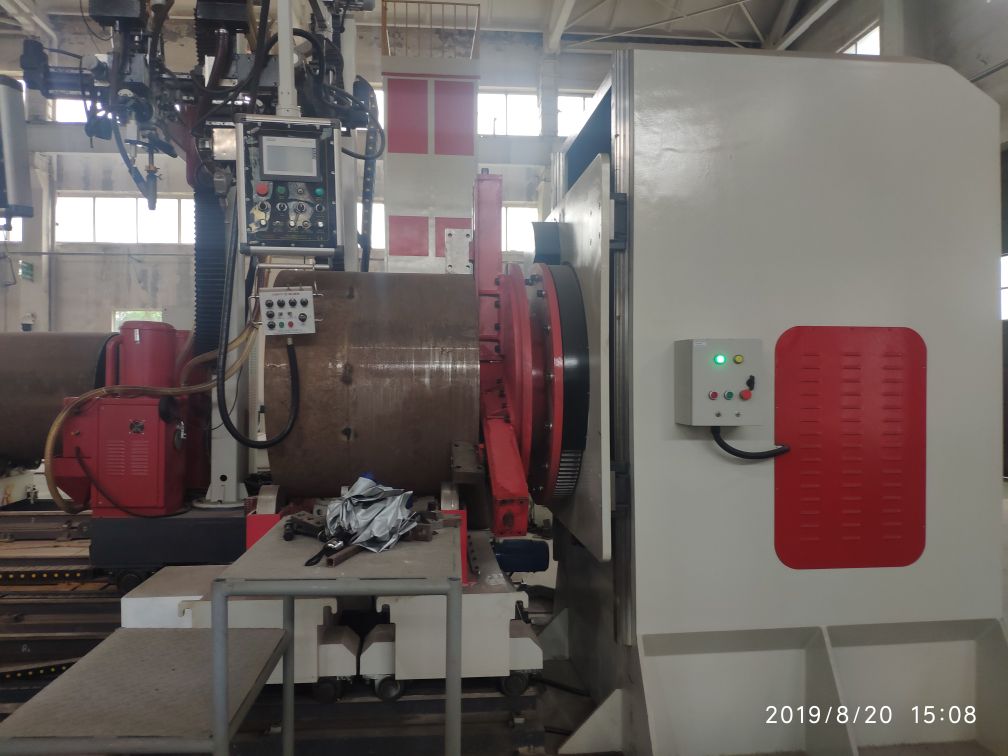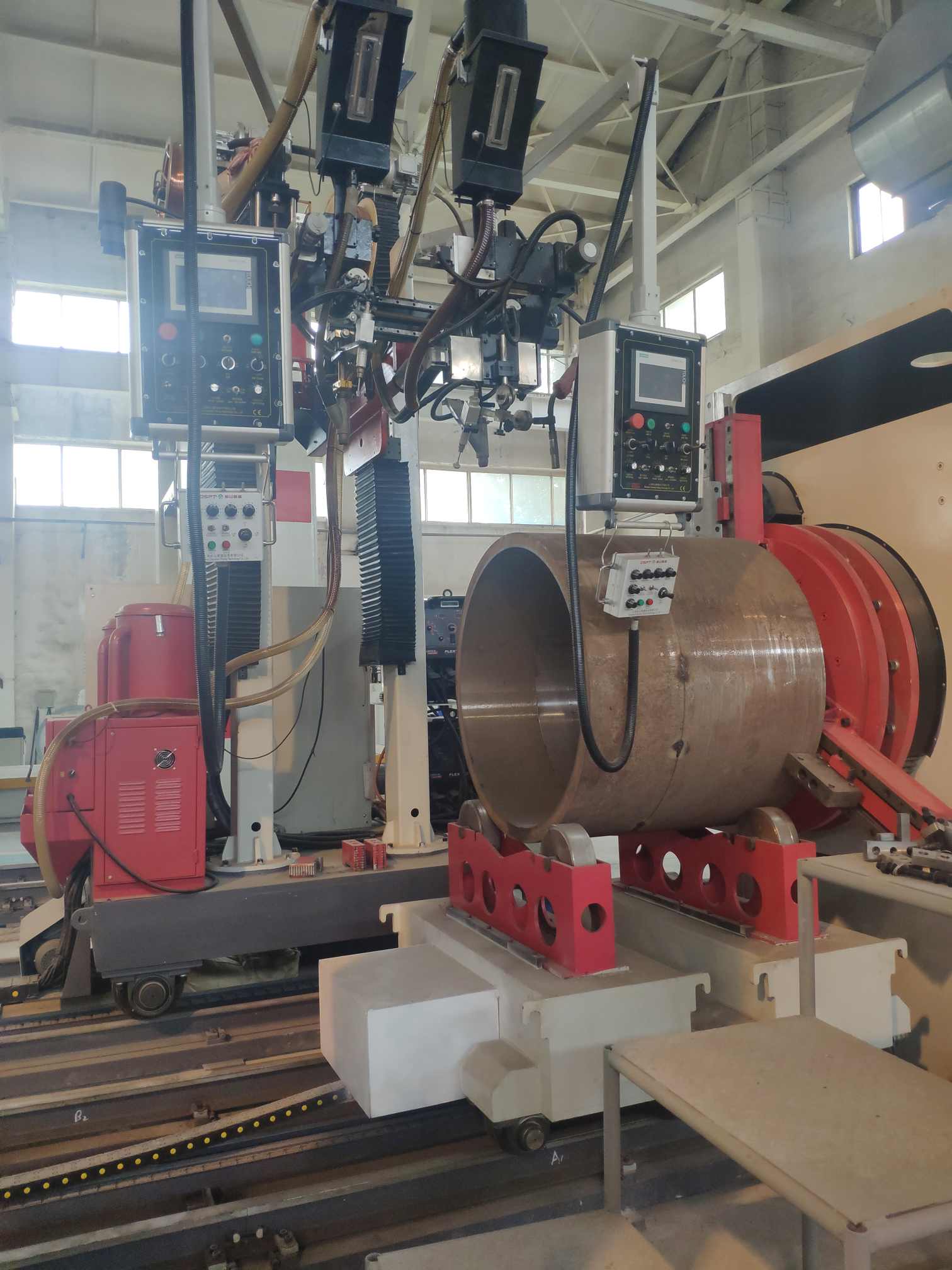Aug. 20, 2021
TIG welding (tungsten argon arc welding) is a welding method with pure Ar as the shielding gas and tungsten as the electrode.TIG wire is supplied in a straight strip of a certain length (usually LM).
Inert gas shielded arc welding with pure tungsten or activated tungsten (thorium tungsten, cerium tungsten, zirconium tungsten, lanthanum tungsten) as a non-melting electrode, using the arc between the tungsten pole and the workpiece to melt the metal and form a weld.Tungsten does not melt during welding and only acts as an electrode.At the same time, argon or helium gas is supplied from the nozzle of the torch for protection.Additional metals may be added as required.In the international commonly known as TIG welding.
advantage:
The main advantage of TIG welding is that it can weld a wide range of materials.Materials include alloy steel, aluminum, magnesium, copper and its alloys, gray cast iron, ordinary dry, various bronze, nickel, silver, titanium and lead.The main application area is to weld thin and medium thickness workpieces, which are used as root passes on thicker sections.
MIG welding (gas shielded arc welding)
MIG welding is the fusion electrode inert gas protection welding, Ar and other inert gas as the main protective gas, including pure Ar or Ar gas mixed with a small amount of active gas (such as 2% of O2 or 5% of CO2 gas) fusion electrode arc welding welding method.MIG wire is supplied in layer wound coil or disc form.In this welding method, the burning arc between the welding wire and the workpiece is used as the heat source, and the gas from the welding torch nozzle is used to protect the arc for welding.
The usual shielding gases used in melt-gas arc welding are argon, helium, carbon dioxide, or a mixture of these.Argon or helium as the shielding gas is called the melting pole inert gas arc welding (known as MIG welding in the world)Inert gas and oxidizing gas (oxygen, carbon dioxide) of the mixture of gas as the protective gas, or carbon dioxide gas or carbon dioxide + oxygen of the mixture of gas as the protective gas, collectively referred to as the melting pole active gas arc welding (known as MAG welding in the international). Matters needing attention in welding
Matters needing attention in welding